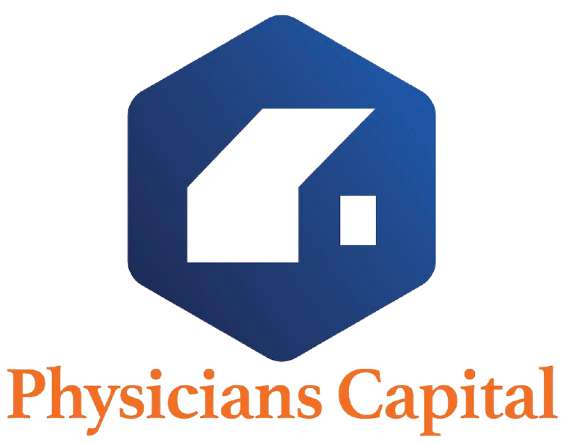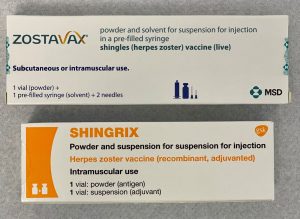Healthcare corridors often hum with more than patient footsteps, hinting at a steady undercurrent of opportunity for the quietly discerning investor. Beneath the polished facades of outpatient clinics and purpose-built medical centres lies a specialised domain of real estate that resists conventional market cycles. It is here, amid demands for modern facilities and evolving care models, that a new frontier of stability and strategic growth is revealing itself to those willing to look beyond traditional office and residential sectors.
Medical real estate embraces a spectrum of properties dedicated to the delivery of health services, from surgical centres and physician-owned clinics to senior living communities and diagnostic laboratories. These assets benefit from long-term leases with credit-worthy tenants, often medical practitioners or healthcare operators whose services remain essential regardless of economic tides. The result is an income stream underpinned by demographic drivers such as an ageing population and rising chronic disease prevalence, as well as by technological advances that favour outpatient and community-based care settings over inpatient hospital stays. Investors drawn to this arena find that the inherent operational significance of these facilities often mitigates vacancy risks and supports contractual terms extending well beyond those typical of other commercial real estate classes.
Navigating this sector does not require ownership of entire hospitals or complex management of healthcare operations. Instead, investors can choose among various exposure routes. Direct acquisition of stand-alone medical buildings, sometimes developed with consultation from healthcare professionals, offers hands-on control and the potential to customise spaces to emerging medical trends. Alternatively, joint ventures with specialised developers grant access to projects designed from concept to completion for optimal clinical workflow and patient experience. For those seeking a more passive role, pooled vehicles such as private equity real estate funds or listed real estate investment trusts focused on healthcare provide diversified portfolios of medical properties, placing capital alongside industry-savvy fund managers who harness scale and specialist expertise to curate high-quality assets.
A defining feature of healthcare real estate is its adaptability to patient-centric evolution. Advances in telemedicine and minimally invasive procedures have shifted numerous treatments away from hospital wards into outpatient clinics and diagnostic centres. This migration places a premium on properties situated close to residential communities, with layouts designed for efficiency and patient comfort. Savvy investors recognise that the value lies not only in location but also in the flexibility of internal fit-outs and the capacity to accommodate evolving medical technologies. Purpose-built shell structures with modular interior plans often command stronger lease covenants, as healthcare operators seek spaces that allow them to upgrade equipment without incurring extensive renovation costs.
Risk considerations within this space centre on regulatory changes, reimbursement policies and the credit strength of tenants. While long leases can insulate returns, shifts in healthcare funding or professional practice patterns may influence occupancy and rent escalations. Diligent underwriting therefore demands thorough scrutiny of lease terms, tenant profiles and the underlying healthcare market dynamics. Engaging specialised legal and consulting teams to assess licencing requirements, zoning variances and operator credentials is prudent. By pairing such due diligence with demographic analysis, examining regional population growth, age profiles and healthcare spending trends, investors can position portfolios to capture both defensive stability and incremental value uplift.
Geographically, opportunities vary according to local healthcare infrastructure and capital market maturity. In established urban markets, conversions of older office buildings into urgent care centres or specialist clinics can unlock latent value, while greenfield developments on city fringes address burgeoning suburban demand. Emerging markets present a different proposition, where public-private partnerships in healthcare can yield favourable lease guarantees, albeit accompanied by additional political and operational complexities. Across all locales, the strategic imperative remains the same: align asset selection with operators at the forefront of patient-service innovation and secure lease structures that reflect the long-term nature of medical practice.
Beyond pure financial metrics, an often-overlooked advantage of medical real estate investment is its social impact dimension. Providing clinicians with modern facilities can enhance quality of care, improve patient throughput and support public health objectives. This alignment of commercial returns with community benefit resonates positively with institutional investors increasingly attentive to environmental, social and governance considerations. Indeed, the prospect of stable, inflation-linked rents combined with tangible societal value positions this niche as a compelling complement to core real estate holdings.
As the healthcare landscape continues to fragment and decentralise, the property market responding to these shifts will likely reward those who anticipate patient-care trends and partner with operators best placed to deliver them. Whether through direct ownership of bespoke medical campuses or through stakes in sector-focused funds, investors who master the nuances of healthcare real estate stand to secure a resilient and evolving income stream.
Physicians Capital are the only physicians-owned private real estate investment firm that allows doctors to reclaim ownership, generate passive income and build long-term wealth.









































